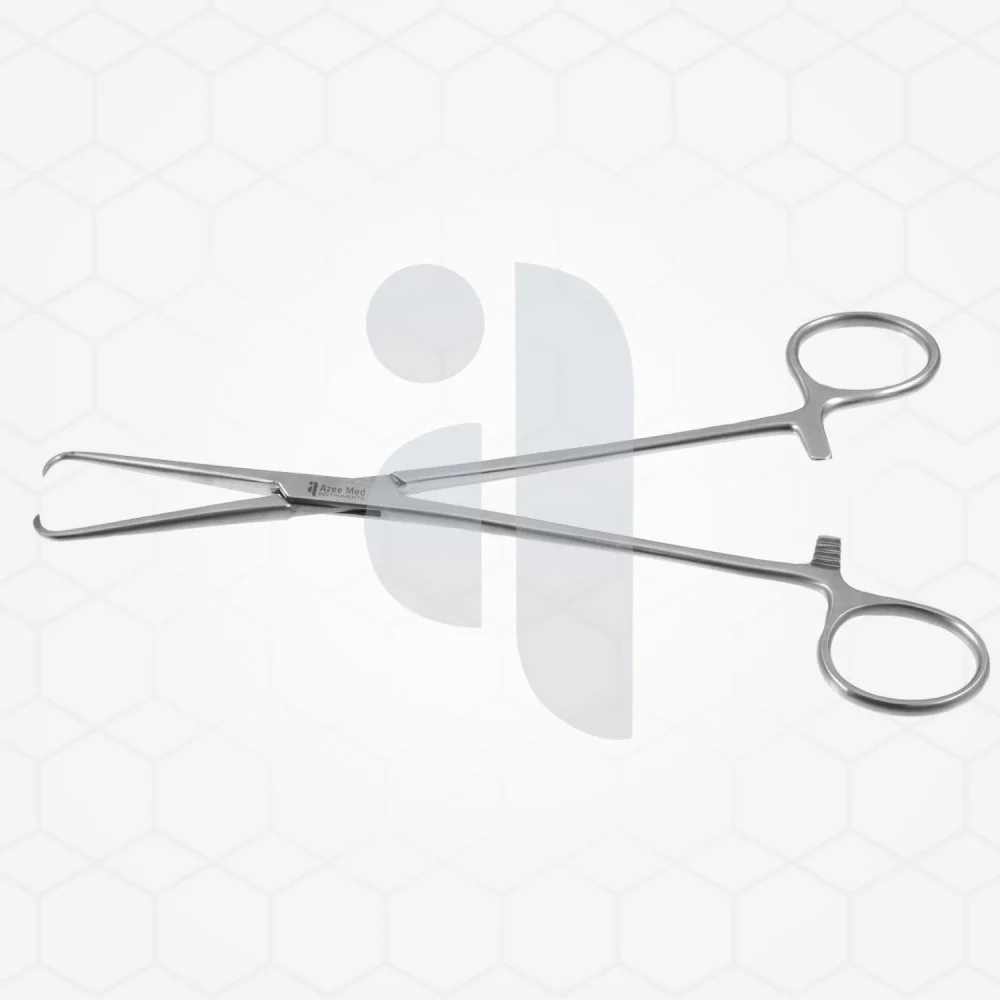Forceps are essential tools in the surgical world, varying in design and functionality to meet the demands of different medical procedures. These instruments are meticulously crafted with precision, enabling surgeons to handle tissues, sutures, or other materials efficiently. With their crucial role in ensuring the success of surgeries, understanding the types of forceps and their specific purposes plays a vital role for anyone in the medical field.

What Are Surgical Forceps?
Surgical forceps are handheld instruments used by medical professionals to grasp, hold, or manipulate tissue during operations. They are designed to offer a high degree of control, often acting as an extension of the surgeon’s fingers in delicate applications. The materials used in making forceps ensure durability while maintaining hygiene and sterility throughout their use.
The versatility of these tools allows their application in fields ranging from general surgery to highly specialised areas such as ophthalmology or neurosurgery. Their role extends beyond holding tissue; they are also used to remove foreign objects, apply dressing, and even assist in suturing.
Classification of Forceps
The classification of forceps is primarily based on their intended use, design, and mechanism. These can be grouped broadly into tissue forceps, hemostatic forceps, and specialty forceps. Each type is uniquely suited to specific tasks, ensuring precision and safety during procedures.
Tissue Forceps
Tissue forceps are specifically designed to hold and manipulate tissue without causing unnecessary damage. These instruments are critical when dealing with delicate structures such as muscles or organs. They often feature serrated tips, which enhance grip and reduce the risk of tissue slipping during manipulation. Certain tissue forceps incorporate teeth, aiding in firmer handling during surgeries. Common examples include Adson forceps, which are frequently used in closing wounds, and Debakey forceps, known for their utility in vascular surgeries where precision is critical.
Hemostatic Forceps
Hemostatic forceps are indispensable in controlling bleeding during surgery. These tools are used to clamp blood vessels or tissues, halting the flow of blood until sutures or other measures are applied. Typically curved or straight, they incorporate locking mechanisms for ease of use and efficiency. Forceps such as Kelly and Mosquito are among the most common in this category. Mosquito forceps, for instance, are finer and allow surgeons to work on small blood vessels with incredible accuracy, while Kelly forceps are more suitable for medium-sized vessels.
Specialty Forceps
Specialty forceps are designed to meet the unique demands of highly focused surgical fields. For instance, in ophthalmology, the precision required when dealing with delicate eye structures necessitates ultra-fine tools like bone forceps. Similarly, neurosurgery employs microvascular forceps to handle minuscule blood vessels within the brain. Orthopaedic forceps are another category within this group, designed specifically to manipulate bone during procedures like fracture repairs. Their robust build and specialised features distinguish them from standard forceps.
Materials and Sterilisation
The material used in manufacturing surgical forceps directly influences their functionality and longevity. Stainless steel is the most common, offering benefits such as corrosion resistance, ease of sterilisation, and high strength. For certain unique applications, forceps may also be made from titanium, which is lighter and resistant to magnetic interference—an essential consideration in some specialised surgeries. Maintaining sterility is critical to prevent infections during surgeries. Most forceps are either autoclave-compatible or single-use, factoring in the guarantee of absolute cleanliness when in use.
Importance of Choosing the Right Forceps
Selecting the appropriate type of forceps is not merely a matter of convenience but also crucial to patient safety and procedural success. Incorrect usage can lead to complications such as accidental tissue damage or incomplete procedures. For example, choosing tissue forceps with teeth for handling delicate biological membranes could cause unnecessary trauma, emphasising the need for thoughtful selection. Surgeons must have a deep understanding of forceps and how their structural variations cater to different applications. This ensures precision, minimises unnecessary movement, and contributes to smoother surgical workflows.
The Future of Surgical Forceps
Surgical tools, including forceps, are continuously evolving with advancements in materials and design. For instance, the integration of ergonomics in design aims to minimise fatigue for surgeons during prolonged procedures. Innovations such as disposable forceps address sterility concerns, especially in resource-limited settings or field surgeries. Further, developments in robotics and minimally invasive techniques are influencing the way traditional tools, including forceps, are used. With robotic-assisted surgeries, the shape, size, and application of forceps are being redefined to adapt to these emerging technologies.
Final Thoughts
Surgical forceps form the backbone of numerous procedures, reflecting their indispensability in medical practice. Their diversity in design coupled with specialised functionalities allows surgeons to perform with precision and care across various fields. From tissue handling and controlling bleeding to tackling the most intricate of surgical challenges, these instruments showcase the synergy between craftsmanship and science. Understanding the types of forceps and their applications is not only vital for healthcare professionals but also highlights the meticulous planning that underpins every successful surgery. With constant innovations driving improvements, the role of forceps in surgical excellence remains secure.




Comments